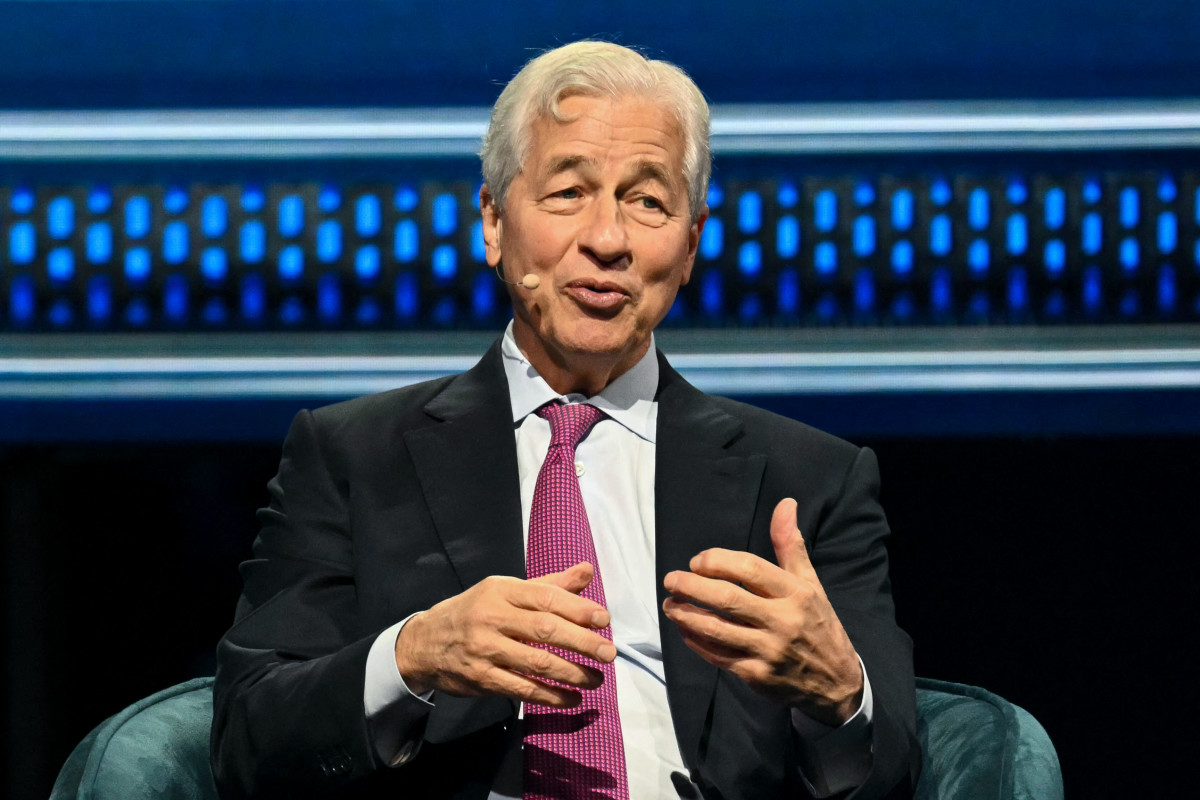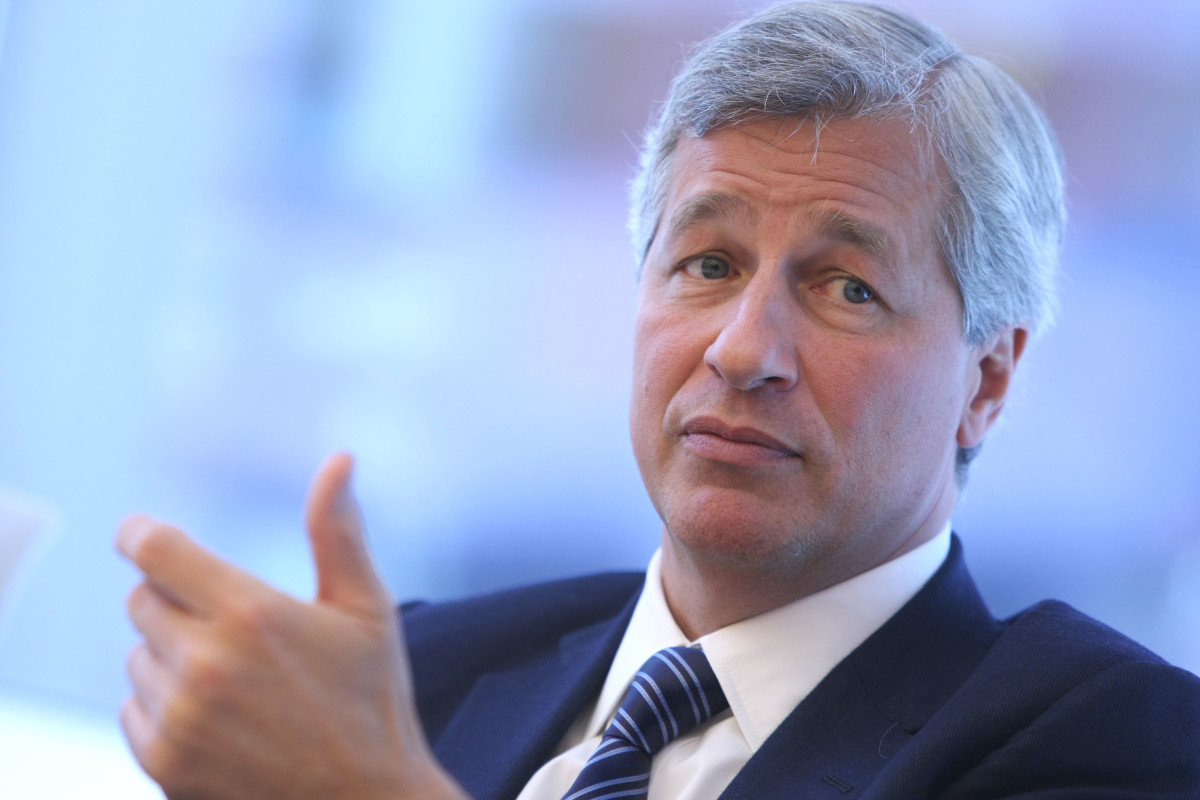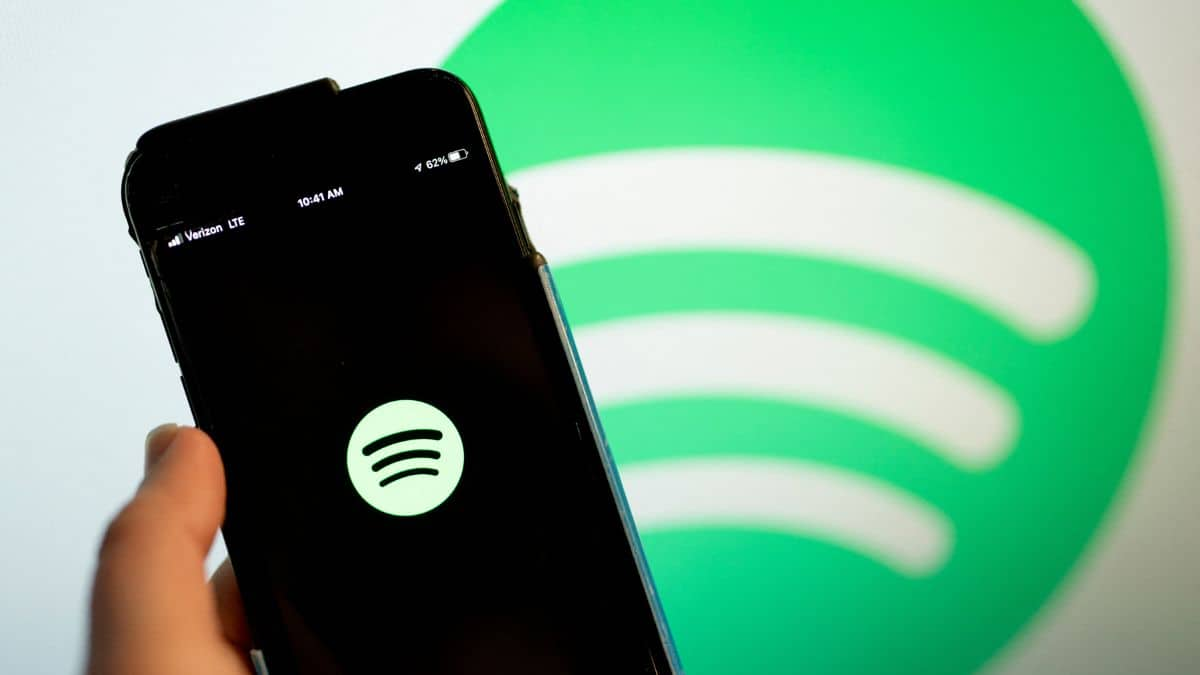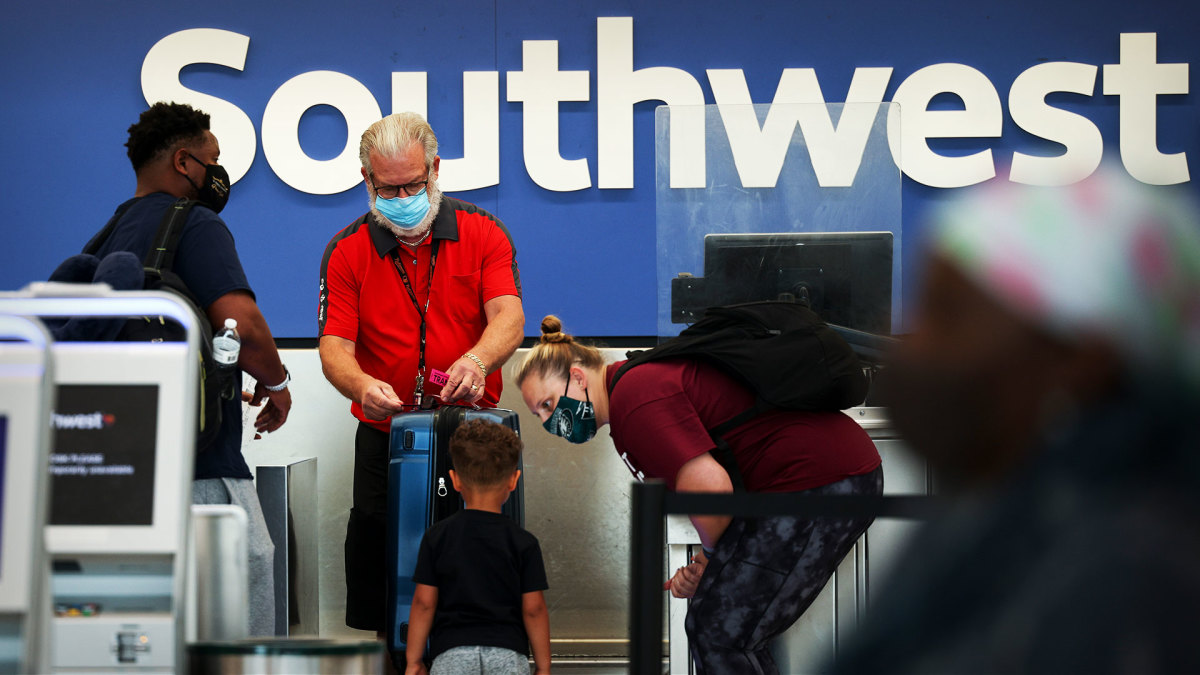JPMorgan issues urgent call on December rate cuts
JPMorgan just threw a fresh curveball into the interest rate-cut conversation. The bank had argued for weeks that the Federal Reserve would likely wait it out until January to ease policy. However, it is now forecasting a 0.25 percentage-point cut to be implemented on December 10, a major ...

JPMorgan just threw a fresh curveball into the interest rate-cut conversation.
The bank had argued for weeks that the Federal Reserve would likely wait it out until January to ease policy. However, it is now forecasting a 0.25 percentage-point cut to be implemented on December 10, a major pivot that’s likely to inject a fresh dose of optimism into the stock market.
It also comes at a time when Fed officials themselves have become a lot more willing to move sooner.
According to a Reuters report, New York Fed President John Williams effectively endorsed a December cut, spearheaded by a cooling labor market and softer hiring trends.
Markets, meanwhile, have been choppy. The odds of a December cut have gone from over 90% to under 30% and back to near 85%.
JPMorgan’s pivot now throws more weight behind the idea that the Fed might finally be ready to pull the trigger. Photo by Bloomberg on Getty Images
Rate-cut expectations swing wildly as December nears
December interest-rate cut expectations have been on a roller coaster, to say the least.
By late October, CME FedWatch data showed that futures linked to the Fed funds rate were pricing in odds of nearly 100% for a 0.25 percentage-point move at the December meeting.
However, that sentiment flipped in early November.
More Federal Reserve:
- Next Fed interest-rate cut could slide into 2026
- Ex-Fed official faced ethics probe on illegal stock trades
- Fed official sends strong signal on December interest-rate cut
- Fed’s Miran pivots on interest-rate cut push for December
Naturally, the government shutdown was to blame. This ultimately delayed the September jobs report, with Fed officials signaling that they were in no hurry to ease.
Consequently, the implied probability of a December cut dropped to just 30% on Fed funds futures.
The pendulum, though, has swung back again.
Related: JPMorgan issues stark new S&P 500 target through 2026
Traders are again pricing in odds of a 0.25 percentage-point cut in December in the 80%-plus range, with some estimates reaching as high as 85%, based on CME FedWatch data cited by Reuters.
JPMorgan is backing a December rate cut, and Goldman Sachs has informed its clients that it also expects a December cut, with no major data releases scheduled before policymakers meet on December 9-10.
Why a December rate cut matters for stocks
Rate cuts are typically huge for the stock market.
Lower interest rates mean borrowing costs drop, which in turn supports healthier stock valuations. That dynamic compels investors to take their money out of short-term treasuries and back into the stock market.
Moreover, if the Fed decides to cut in December, they’ll be cutting into a month that’s historically shown strong seasonal momentum.
Related: Jim Cramer drops blunt call on Nvidia stock
According to Stock Trader’s Almanac data through 2023, since 1930, the S&P 500 wrapped up December higher nearly 73% of the time with an average gain of 1.4%.
Similarly, the Dow has shot up nearly 72% of the time while posting its best average monthly return of nearly 1.5% in December.
Moreover, the shorter “Santa Claus rally” window (the last five trading days of the year and the first two of January) has been even more conducive.
According to Investopedia, since 1950, the S&P 500 averaged about a 1.3% gain in that period, while finishing positively 79% of the time.
For perspective, some of the strongest year-end runs coincided with easier policy:
- 1998: After emergency rate cuts during the LTCM crisis, the S&P 500 surged 5.6% in December.
- 2008: With rates slashed near zero, the index gained 1.6% for the month, along with another 7.4% over the Santa Claus rally window.
- 2019: Following three mid-cycle cuts, the S&P 500 jumped 2.8% in December while finishing the year up over 31%.
America’s job market doesn’t add up
The U.S. labor market has the Fed and other policymakers nervous, where it looks somewhat solid from one angle, and choppy from another.
- Unemployment is up: The U.S. jobless rate increased to 4.4% in September, a four-year high, while leaving nearly 7.6 million people unemployed.
- Hiring hasn’t stopped: Nonfarm payrolls added 119,000 jobs in September following a relatively small August drop, underscoring the fact that employers haven’t slammed on the brakes.
- Demand is cooling: Job openings dropped nearly 7.2 million, down substantially from 7.7 million in May.
That unique mix of slower yet positive hiring, growing unemployment, and softer demand for workers has policymakers nervous.
Throw in the data gap from the government shutdown, and the Fed is apparently flying with one eye partly closed.
Related: Cathie Wood buys the dip in Nvidia-backed stock
What's Your Reaction?




















































